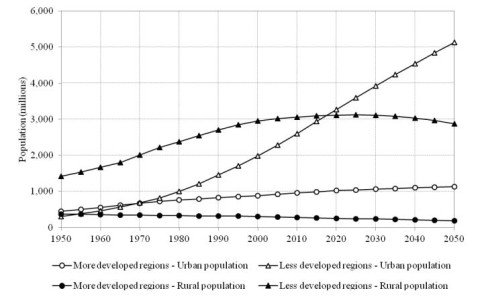by Seth Kaplan | Dec 15, 2013 | Africa, Conflict and security, Economics and development, Global Dashboard, South Asia
 Discussions about how to fix fragile states usually start and end with national level politics and institutions. But what if the key to improving their condition lies elsewhere – in their major cities? (more…)
Discussions about how to fix fragile states usually start and end with national level politics and institutions. But what if the key to improving their condition lies elsewhere – in their major cities? (more…)
by David Steven | Feb 20, 2009 | Influence and networks

Courtesy Jack Dorsey
Jack Dorsey has been talking to the LA Times about his early sketch (from 2000) for STATUS, a service that would eventually be launched as Twitter.
What’s interesting is that urban resilience was a core part of Twitter’s inspiration:
Twitter has been my life’s work in many senses. It started with a fascination with cities and how they work, and what’s going on in them right now. That led me to the only thing that was tractable in discovering that, which was bicycle messengers and truck couriers roaming about, delivering packages.
That allowed me to create this visualization — to create software that allowed me to see how this was all moving in a city. Then we started adding in the next element, which are taxi cabs. Now we have another entity roaming about the metropolis, reporting where it is and what work it has, going over GPS and CB radio or cellphone. And then you get to the emergency services: ambulances, firetrucks and police — and suddenly you have have this very rich sense of what’s happening right now in the city.
But it’s missing the public. It’s missing normal people. And that’s where Twitter came in.
by Alex Evans | Feb 18, 2009 | Climate and resource scarcity, Economics and development, Global Dashboard
As the credit crunch pronounces the last rites on the great debt-fuelled consumer boom, things look pretty grim for suburbia too. But if suburbia was the spatial expression of the consumer economy, then what does the economic geography of the future look like?
Two recent articles by two different authors exemplify a crucial intellectual fault line in assessing prospects for the world’s cities. Richard Florida argues in the new edition of the Atlantic that mega-cities are set to flourish as centres of post-material innovation and creativity. James Howard Kunstler, on the other hand, argues that resource scarcity trends mean that we’re all heading for a much more localised world.
So who’s right – and why is it that despite largely overlapping analyses, the two authors reach such different conclusions? Find out after the jump…
(more…)
by David Steven | Jan 30, 2009 | Climate and resource scarcity, Cooperation and coherence, Global system

Image Author: mike_is_scrumptious
Assume a robust global deal on climate and the world’s cities will have to transform their infrastructure, economies and societies in little more than a generation.
Assume uncontrolled emissions growth and they face growing impact from a less hospitable and more volatile climate.
Either way – big changes are on the way. Few cities’ leaders grasp the scale of the challenge, especially in developing countries, where towns and cities will have an additional 1.5bn residents to cope with by 2030.
This new think piece has been prepared as part of the British Council’s Climate and Cities programme. Download the pdf (which has full references) or read the full text below the jump.
(more…)
by David Steven | Jan 30, 2009 | Articles, Articles and Publications
Climate and cities think piece, co-authored by David Steven and the British Council’s Peter Upton (29 January 2009)
Download Article
 Discussions about how to fix fragile states usually start and end with national level politics and institutions. But what if the key to improving their condition lies elsewhere – in their major cities? (more…)
Discussions about how to fix fragile states usually start and end with national level politics and institutions. But what if the key to improving their condition lies elsewhere – in their major cities? (more…)

